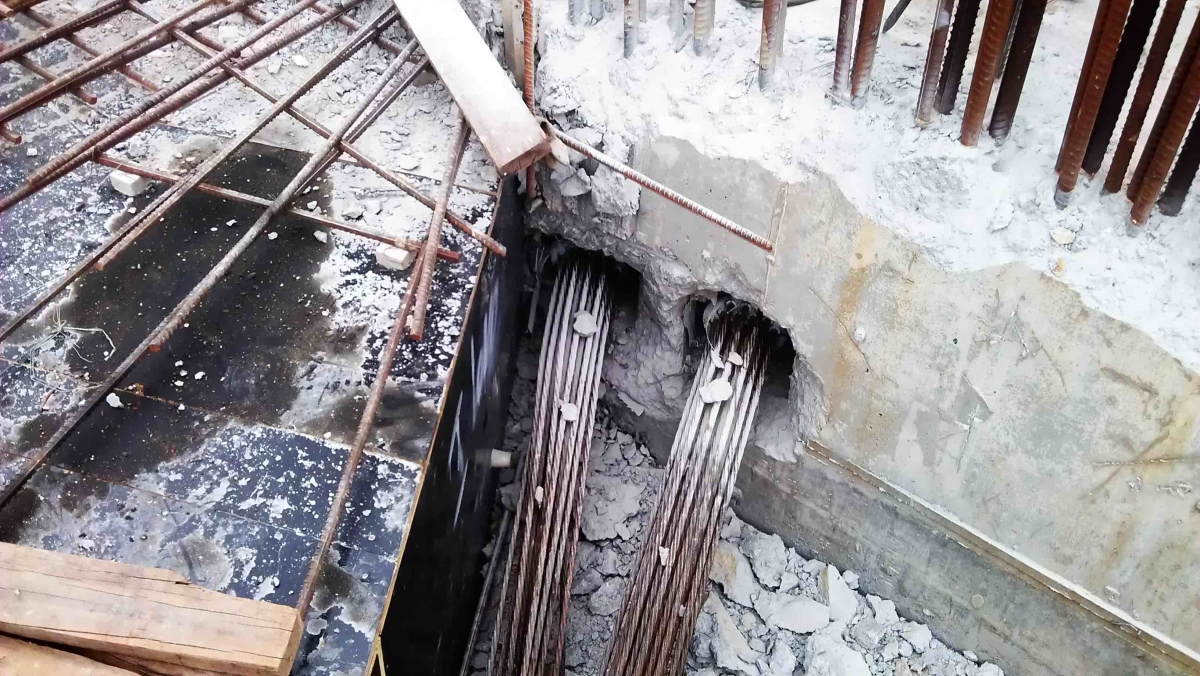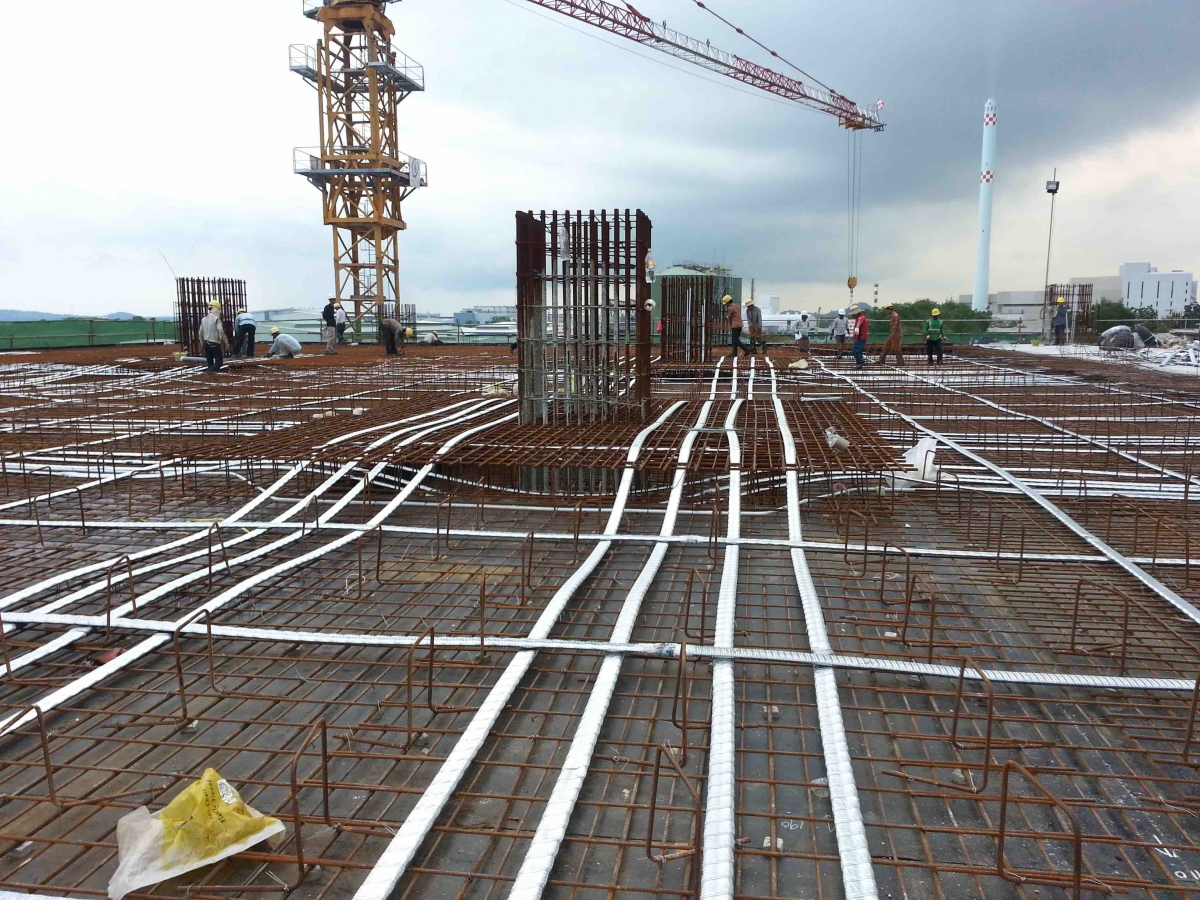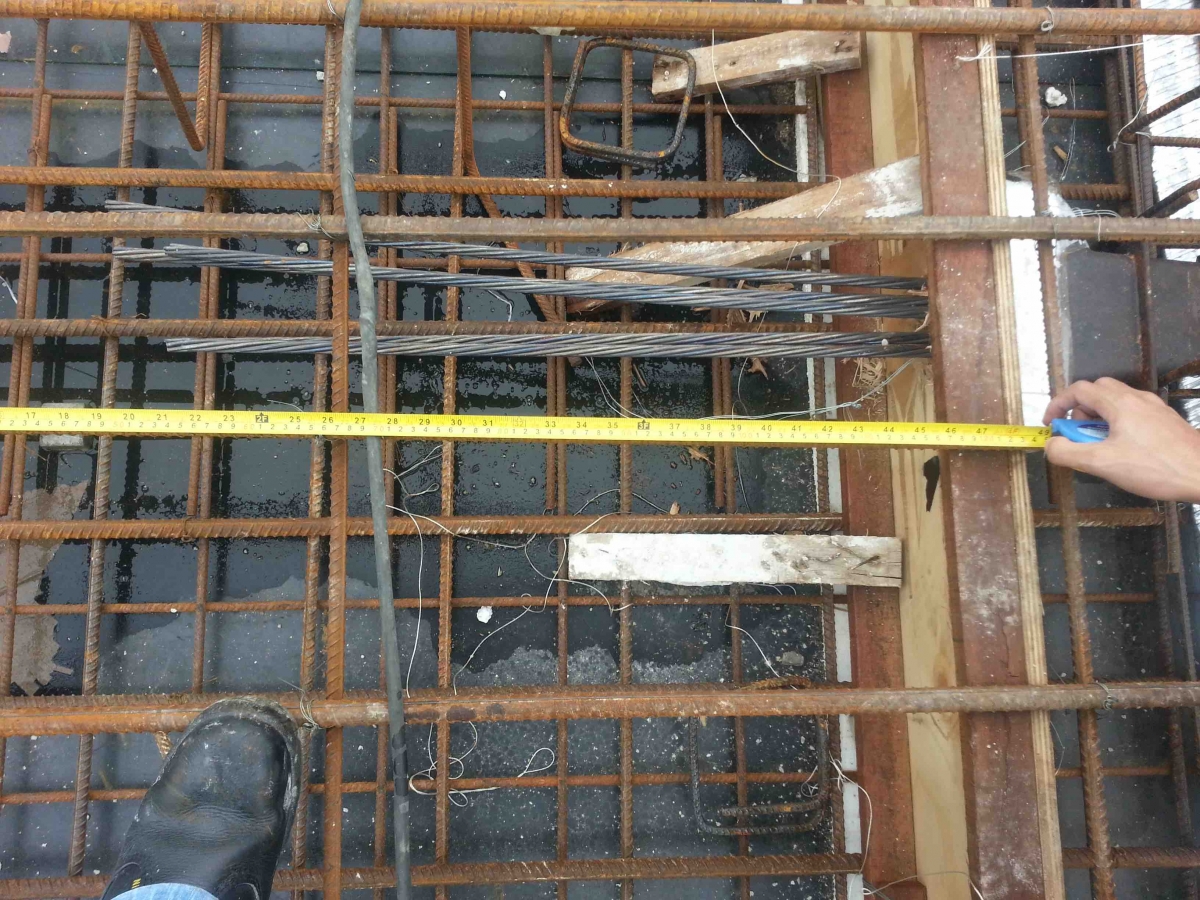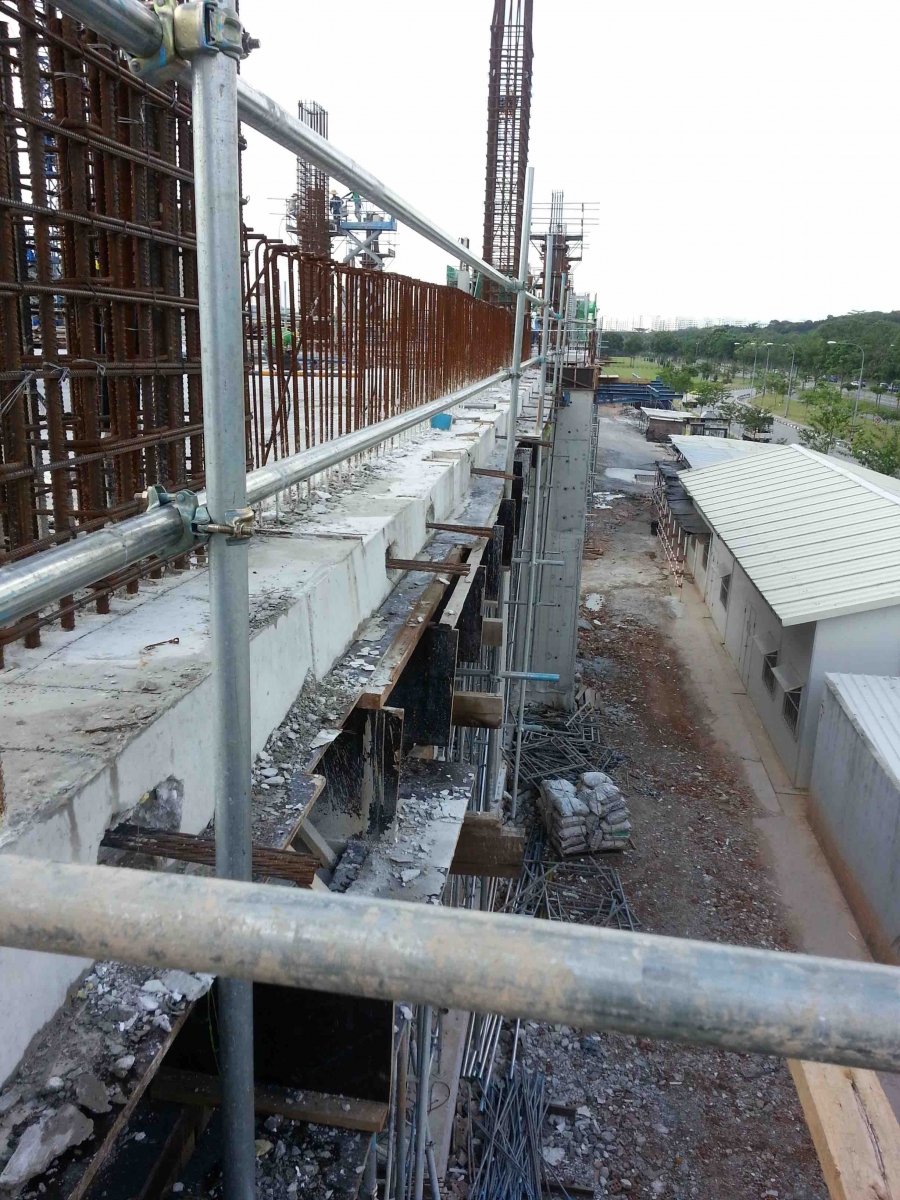Post Tensioning
Singapore Prestige Class Awards 2014 – 2015
E-Force Engineering Pte Ltd, our longtime strategic business partner, was presented with Luminary Class Award during Singapore Prestige Class Awards 2014 – 2015 Ceremony in Shangri La Hotel on 9th April 2015.
E-Force is a specialist post tensioning company with presents in Singapore, South-East Asia and many parts of Middle East. They specialised in prestressed concrete structural works, primarily for buildings, logistic warehouses, parking facilities, and other special structures. Some of their prominent projects are; the largest mall (Safeer Mall), the biggest Islamic Mosque (Sheikh Zayed Islamic Centre) in Fujairah, as well as the largest resort development (Mina Al Fajer) in Dibba, United Arab Emirates. The prominent Al Hussain Tower in Olaya area, Riyadh, Kingdom of Saudi Arabia, is also one their many achievements.
E-Force’s deep understanding of prestressing work and diverse knowledge on structural works made them the preferred choice among the post tensioning specialists in many regions. And equipped with a complete range of Stressing Jack and other accessories, E-Force is ready to undertake any type of post tensioning works with its certified European Technical Approval (ETAG 013) system.
Having worked along with E-Force team of committed members since their establishment, TMG Global Pte Ltd is confident that E-Force will continuously bring benefits and values to the construction industry.
Moving ahead, TMG and E-Force is embarking on another milestone on Bridge Cable construction. We had seen the dramatic increase in Stay Cable demands over the last few years. And the dynamic requirements to these challenges prompted for more creative and ingenious solutions to meet these ever-changing demands. TMG had since developed a Compression Fitting Stay Cable System in view of this trend. Using the same working principle for anchorage with PC Wire, Compression Fitting Stay Cable System uses PC Strand to further increase the working and dynamic load. And this revolutionary innovation elevates further enhance the dynamism in Cable-stayed bridges.
Lastly, we wish E-Force Engineering Pte Ltd every success on their endeavouring path.

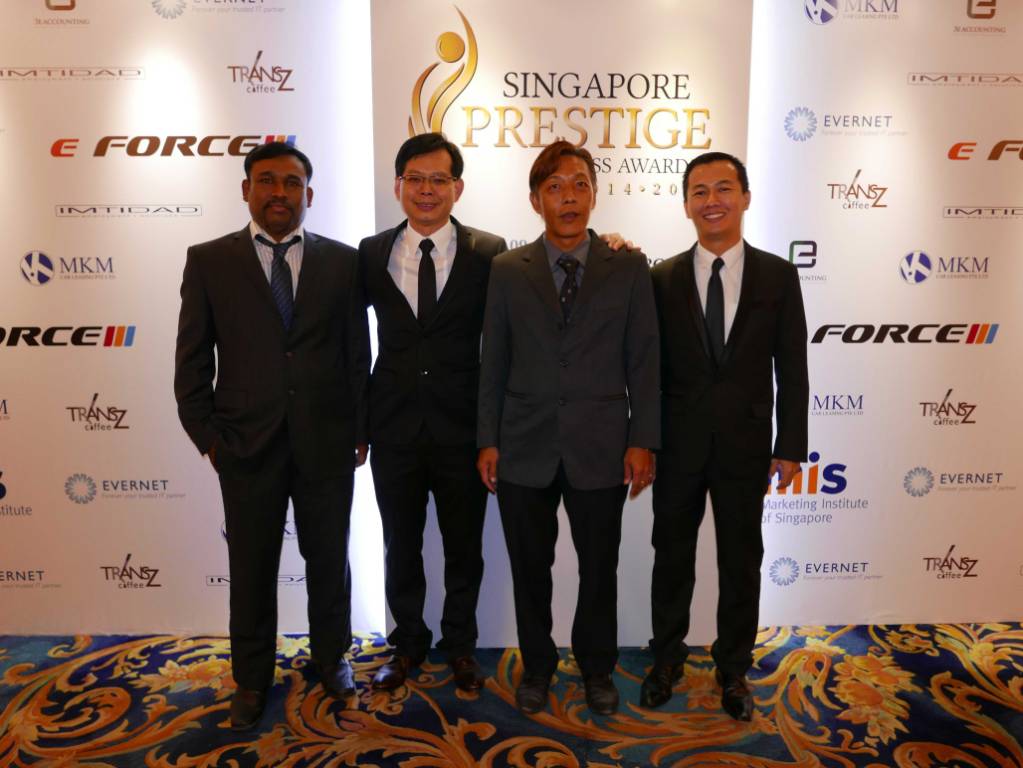
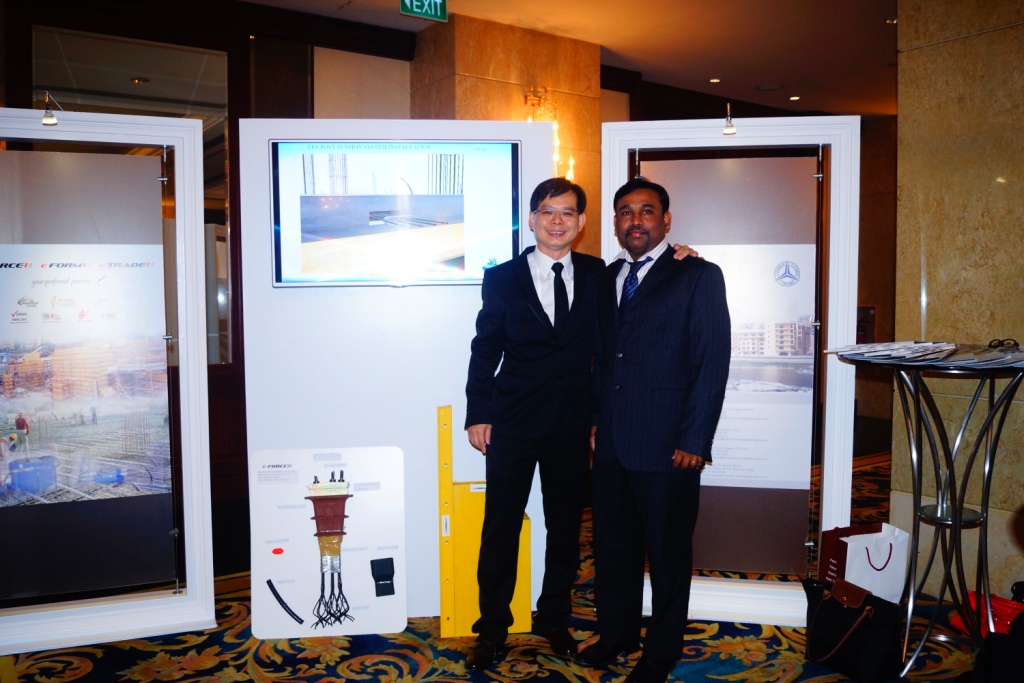
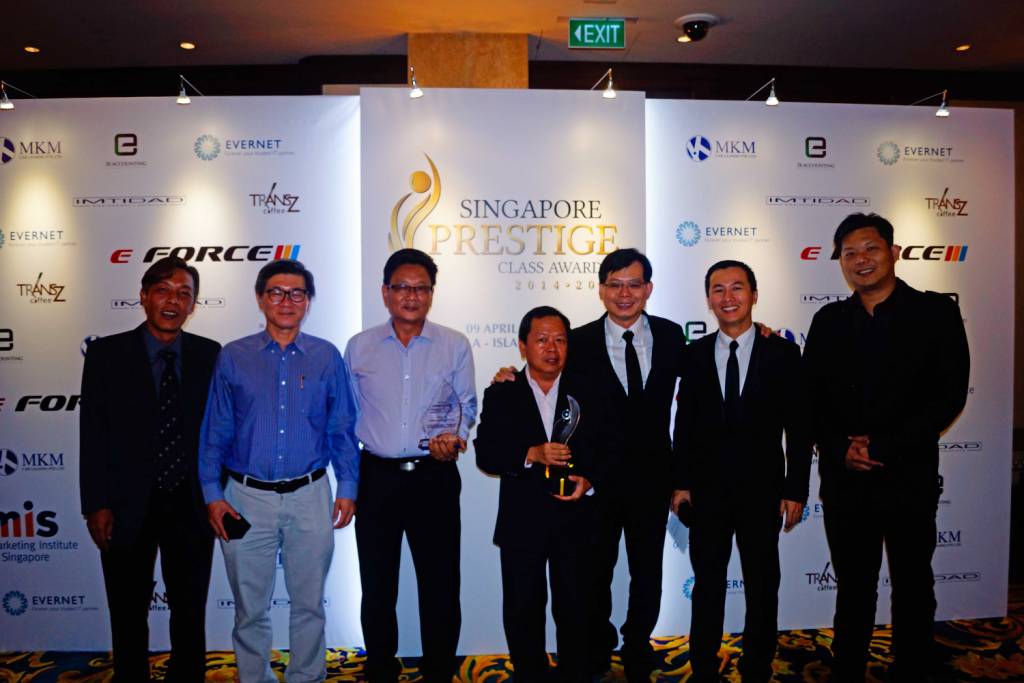
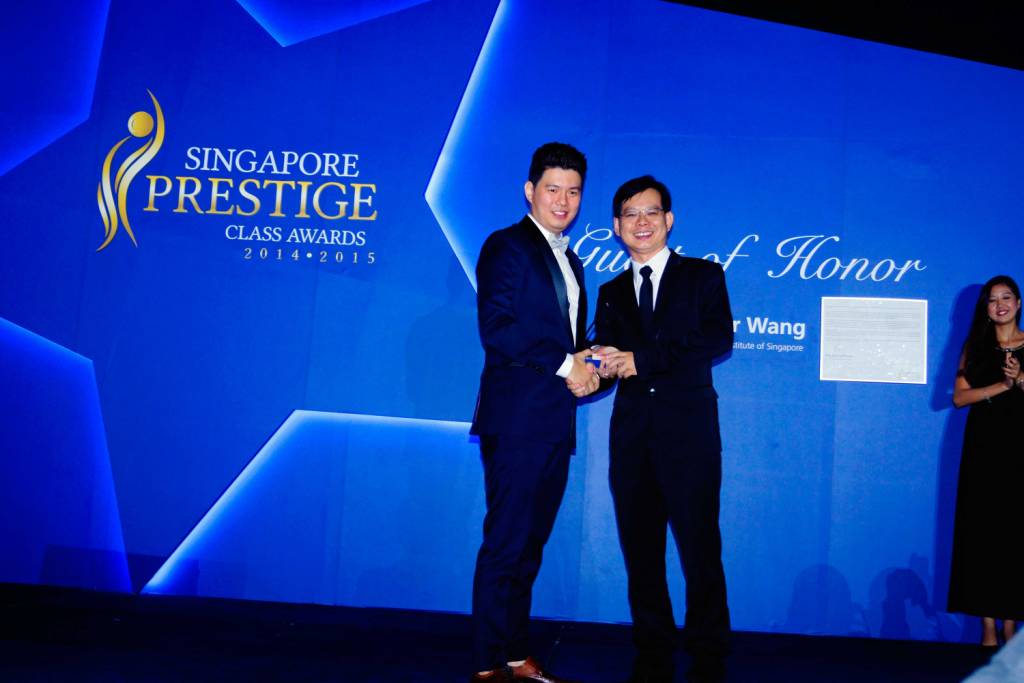
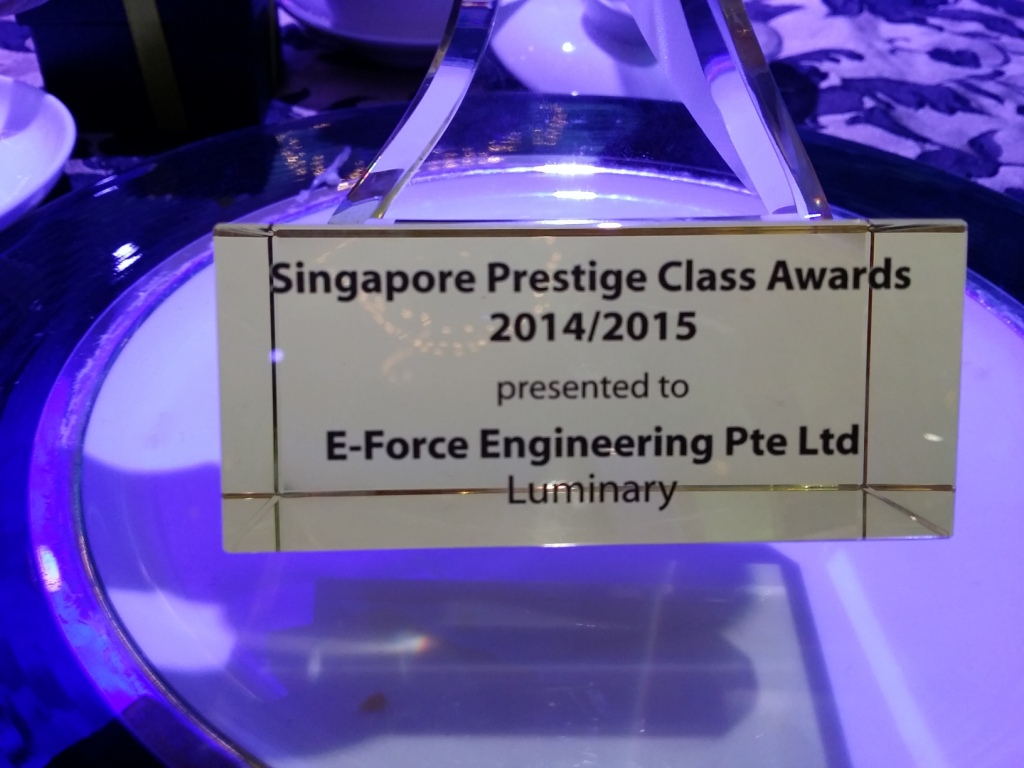
Stressing Jack is an essential part of post tensioning work. Working with light and versatile stressing tools enables site operators to increase stressing efficiency and productivity. TMG range of Stressing Jacks are designed and manufactured on such principles. We are capable of producing Stressing Jack with capacity from 50 to 1500 tons. And with its small, compact and highly efficient design, these Stressing Jack can operate in confined spaces. Besides that, TMG Stressing Jack can be mix-and-match with any types of anchor configurations. By matching both the Front & Back Plate of the Stressing Jack to corresponding anchor configurations, one Stressing Jack can accomplish the job of stressing a series of different types of anchors. This versatility frees up the additional work for site operator not having to use different Stressing Jacks for different anchors.
TMG Stressing Jack is also designed to be as short as possible. And this will reduce the amount of protruding PC Strand that is needed for prestressing work.
Build quality is also an important aspect of our Stressing Jack. TMG Stressing Equipment is known to be robust and durable, and this is one of the primary selection criteria for site operators as faulty equipment will cause safety concerns to both operators and prestressed concrete structures. And equipment down-time can also cause undesirable consequences to project schedule.
Building on these strong foundations, TMG is the preferred choice for customized Stressing Equipment. Below are some photos of customized Stressing Jacks that we manufactured and they are ready to be shipped to our clients.
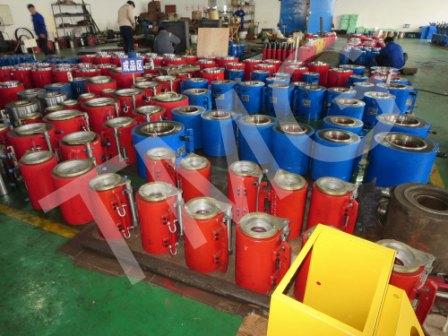
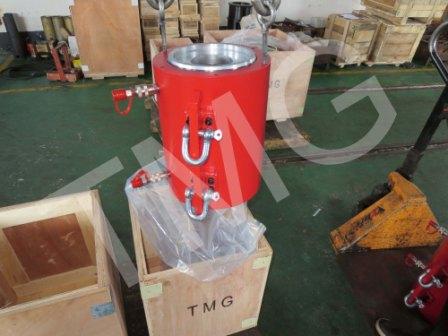
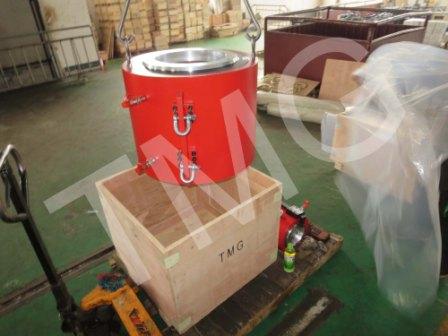
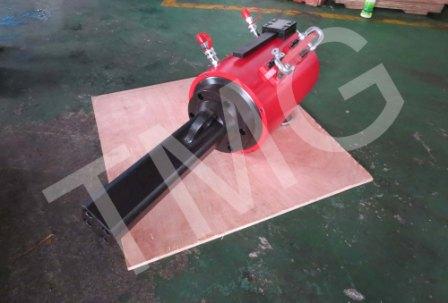
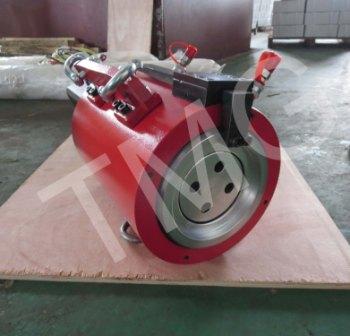
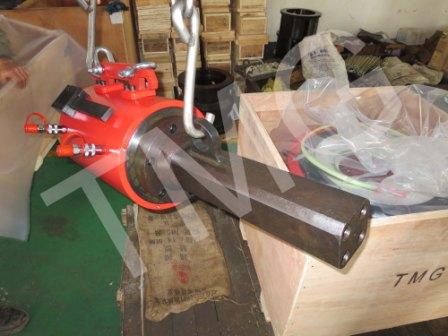
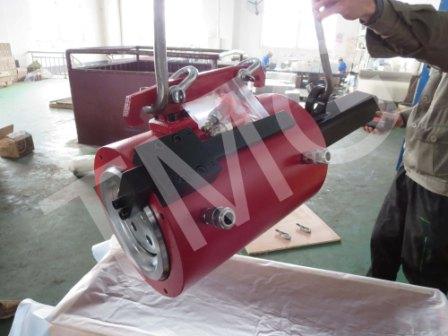
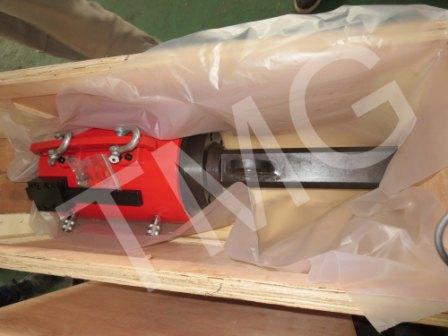
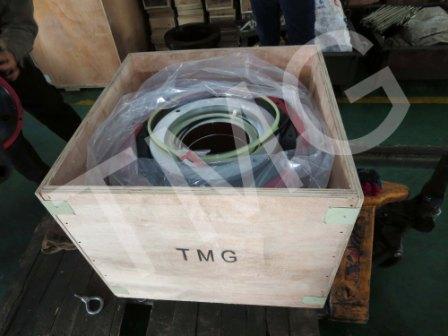
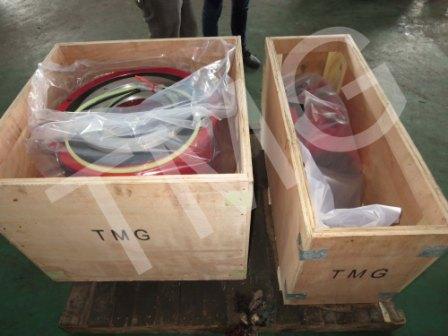
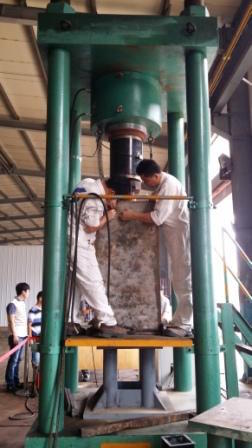
In July 2014, TMG Anchors were tested by Setsco Lab, an accredited international lab, on a series of anchors. 10 different types of Anchors were tested under Guidelines for European Technical Approval of Post-Tensioning Kits for Prestressing of Structures (ETAG 013) on Load Transfer and Static Load Test. These are the 10 different types of anchors chosen for the tests, with 5 types of anchors on 12.70mm PC Strand and 5 types of anchors on 15.20mm PC Strand.
12.70mm PC Strand
- Slab 4s & 5s
- Multistrand 12s, 19s & 31s
15.20mm PC Strand
- Slab 3s & 5s
- Multistrand 12s, 19s & 27s
Load Transfer Test
Post Tensioning systems shall be able to transfer a specified percentage of the tensile element (PC Strand) ultimate strength from the anchorage into the concrete structure, of a defined strength class of concrete, without undue cracking of the structure, and at deformations which stabilise within a given time frame.
The concrete test block shall be mounted in a calibrated test rig or testing machine. The load shall be applied to the concrete test block on an area which simulates the loading condition in a complete anchorage.
The load is increased in steps: 0.2 Fpk, 0.4 Fpk, 0.6 Fpk, and 0.8 Fpk (Fpk : Characteristic tensile strength of all PC Strand). After reaching the load 0.8 Fpk at least ten slow load cycles are to be performed, with 0.8 Fpk and 0.12 Fpk being the upper and the lower load limits, respectively. The necessary number of load cycles depends upon stabilisation of strain readings and crack widths. Following cyclic loading, the specimen shall be loaded continuously to failure.
During cyclic loading measurements shall be taken at the upper and lower loads of several cycles in order to decide whether satisfactory stabilisation of strains and widths of cracks is being attained. Cyclic loading shall be continued to n cycles until stabilisation is satisfactory.
Static Load Test
Post Tensioning systems shall be able to develop a specified percentage of the tensile element (PC Strand) ultimate strength with a minimum elongation, without premature failure of anchorage components, without undue deformations in the components, and without disproportionate relative movements between PC Strand and anchorage components.
The tendon specimen is mounted in the test rig or testing machine, observing the same geometrical configuration of the individual tensile elements in the specimen to that specified in the ETA applicant’s guide.The tendon is stressed at one end with representative equipment (Stressing Jack) comparable to the one used on construction site, and specified in the ETA applicant’s guide, in steps corresponding to 20%, 40%, 60% and 80% of the characteristic tensile strength of the tensile elements (PC Strand). The load is increased at a constant rate corresponding to about 100 MPa per minute. At 80% level, the load is transferred from the equipment to the anchorage and test rig. It is then held constant at 80% level for one and two hours for internal and external tendons, respectively. For external tendons, the load is then reduced to 20% level. Subsequently, the load is gradually increased for both tendon types with the test rig to failure at a maximum strain rate of 0.002 per minute.
The uncertainty of values measured with the measuring equipment shall be within +1%. Loads shall be maintained with a maximum tolerance of +2%. The load measured in the Stressing Jack shall be adjusted for estimated friction losses in the anchorages to assure that the specified load has been applied to the anchor head used for measurement.
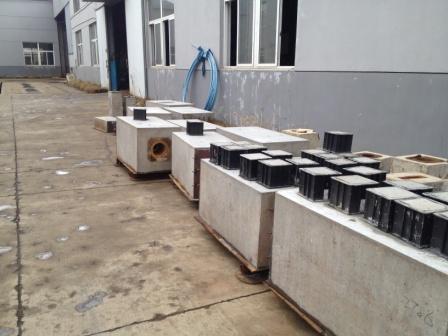
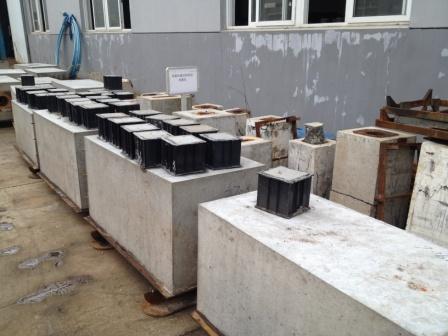
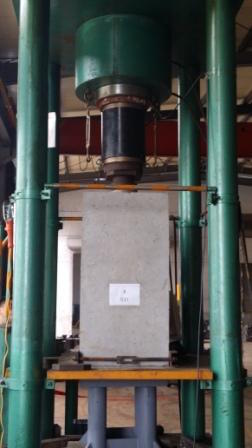
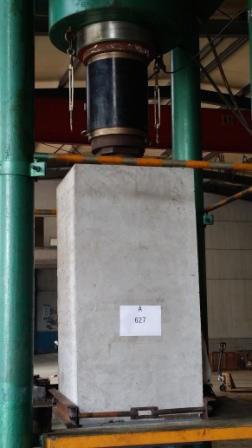

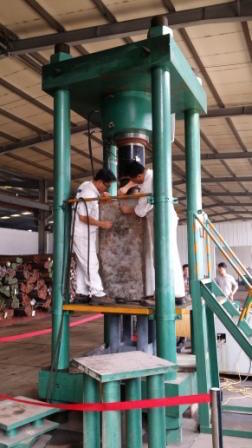
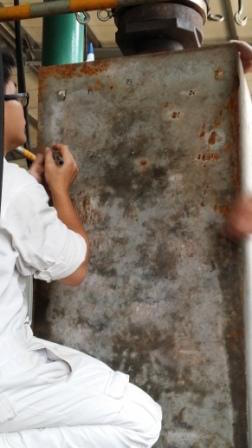
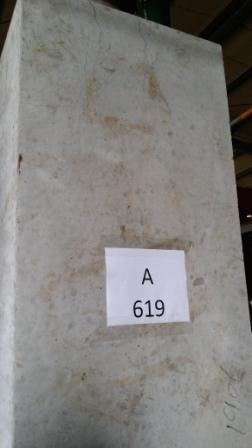
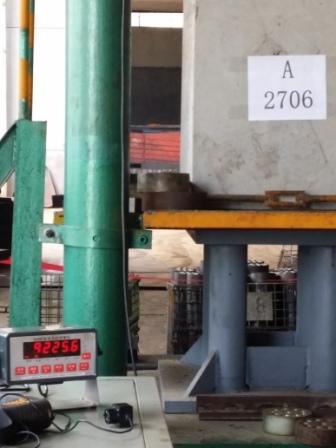
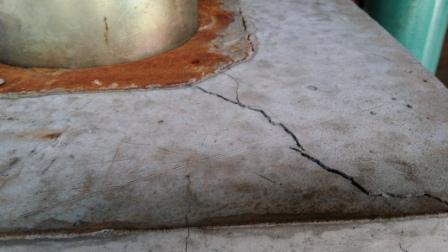
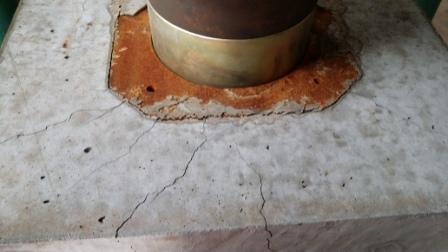
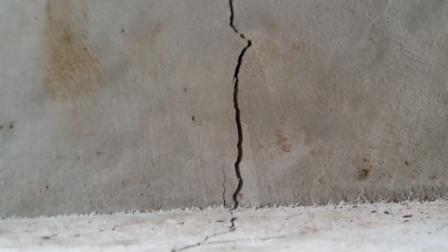
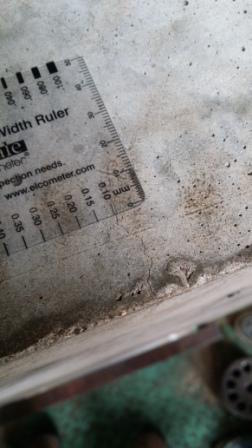
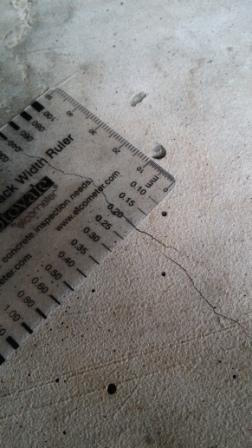
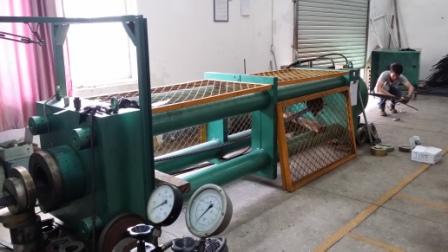
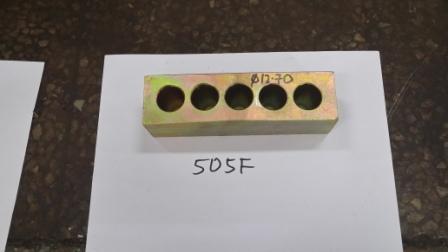
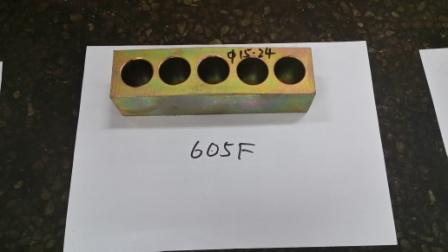
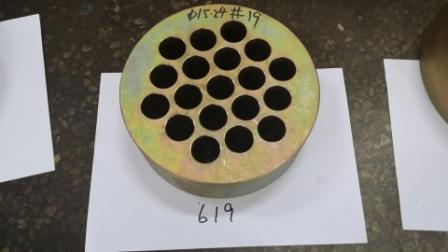
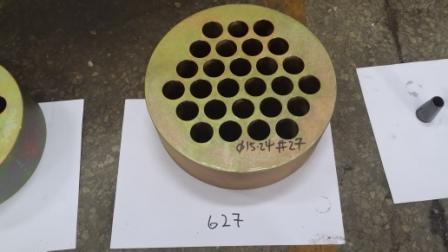
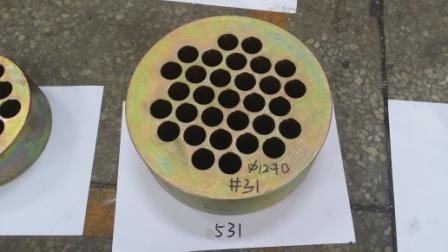
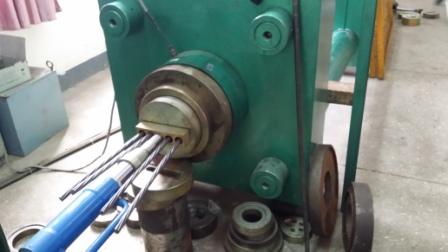
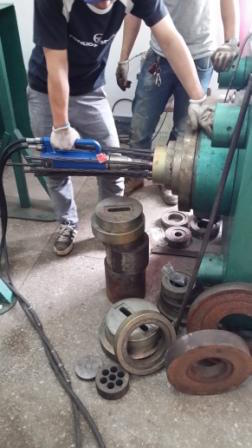
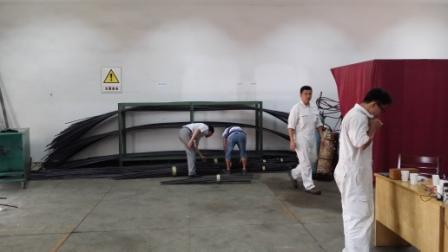
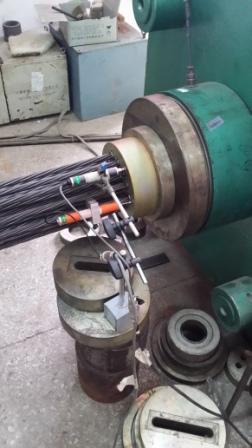
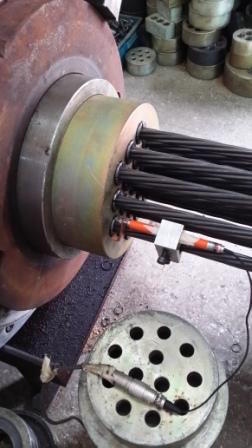
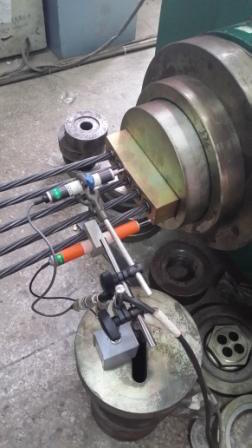
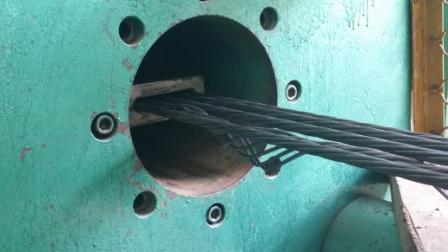
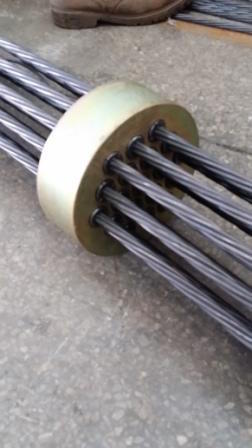
Post Tensioning of Building Slab
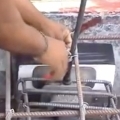
This is a good video showing step-by-step procedure of a building post tensioning slab. These are some of the main steps shown in this video.
- PC Strand preparation, into a uncoiler.
- Cutting the PC strand into desired length and pack them according to tendon size / configuration.
- Forming Fixed Anchors (Dead End) with the use of a Bond Head Machine.
- Positioning the Anchors on formwork with pocket former.
- Installation of galvanised steel duct and Bursting Reinforcement.
- Stranding.
- Securing the Fixed Anchors.
- Positioning of Bar Chairs to achieve desired tendon profile.
- Installation of Grout Vents to tendon.
- Concreting.
- Removing pocket former and installing of Anchor Head & Wedge in preparation for Stressing.
- Marking of PC Strand length for elongation reading (after stressing).
- Stressing using hydraulic Mono Stressing Jack.
- Checking for desired PC Strand elongation.
- Removing excess PC Strand and covering up recess pocket.
- Preparation of Grout material.
- Grouting of tendon and job completion.
Post Tensioning for Building Slab & Beam
These are some site photos contributed by E-Force Engineering for a mixed development project in the western part of Singapore. Post tensioning was carried out for the prestressed concrete structure. Flat Anchors of 3 - 5 x 12.70mm PC strand were used for the slab post tensioning, and multistrand Anchors of 19 x 12.70mm PC strand were used for the beam post tensioning. Both Mono Jack and 300 ton Stressing Jack were used in this project.
